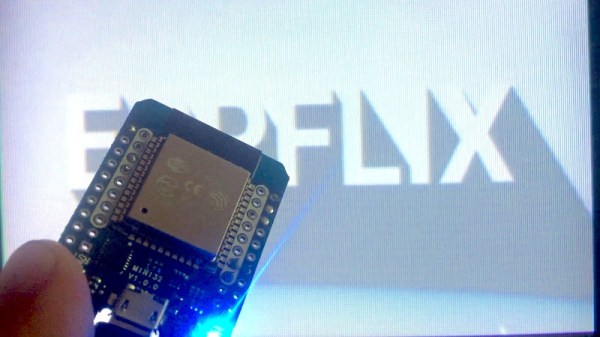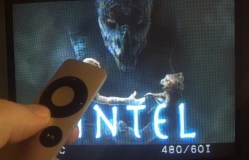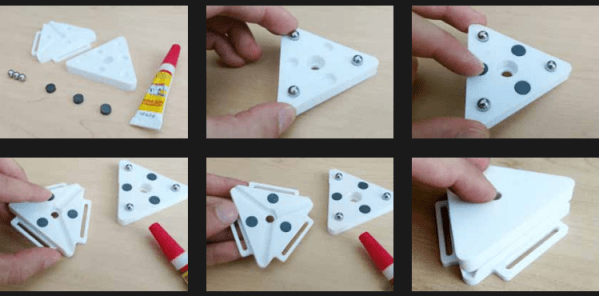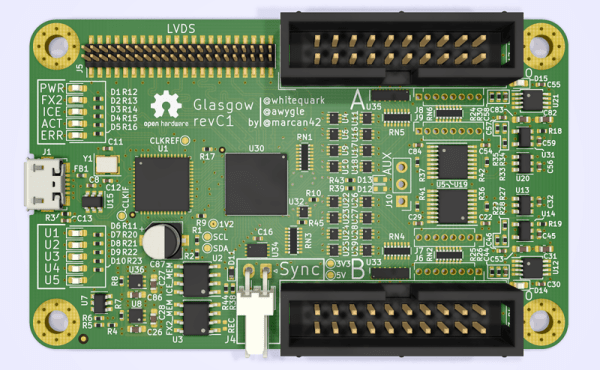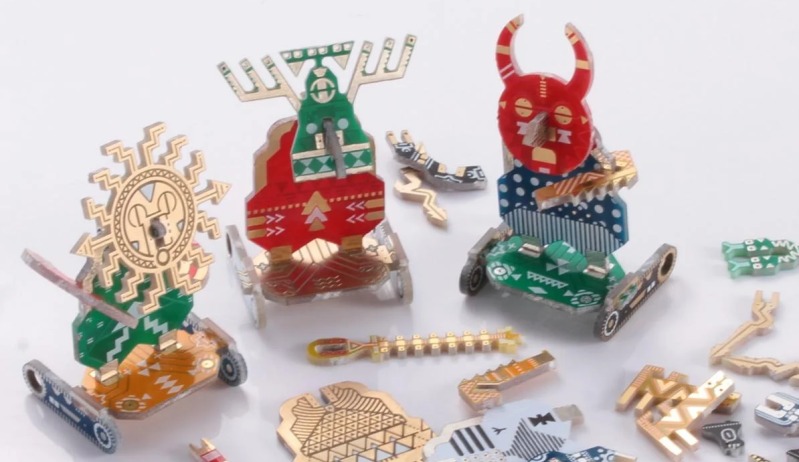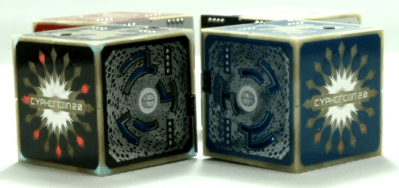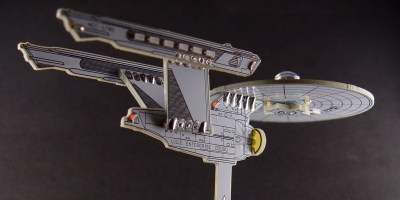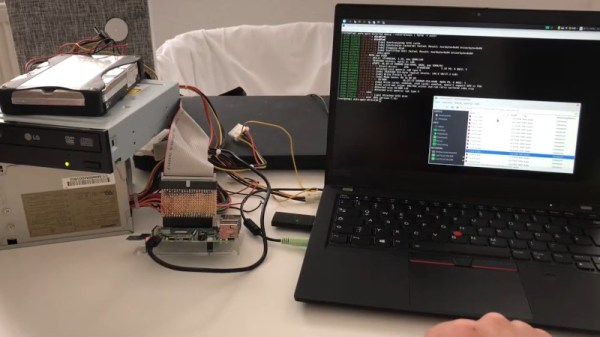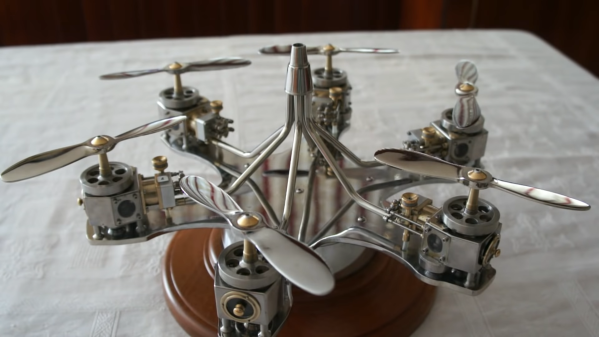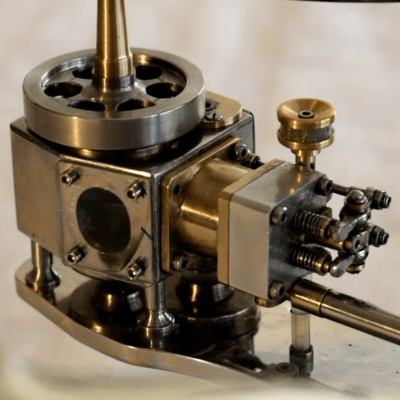As the world grapples with the spectre of the so-called “hockey stick” graph of climate change, there have been a variety of solutions proposed to the problem of carbon emissions from sectors such as transport which have become inseparable from the maintenance of 21st century life. Sometimes these are blue-sky ideas that may just be a little bit barmy, while other times they make you stop and think: “That could just work!”.
Such an idea is that of replacing the diesel engines in trucks with electric motors powered not by batteries but from overhead cables. An electric tractor unit would carry a relatively small battery for last-mile transit, but derive its highway power by extending a pantograph from its roof to a high-voltage cable above the road. It’s extremely seductive to the extent that there have even been trials of the system in more than one country, but does it stack up to a bit of analysis?
Time’s Up For Those Big Rigs
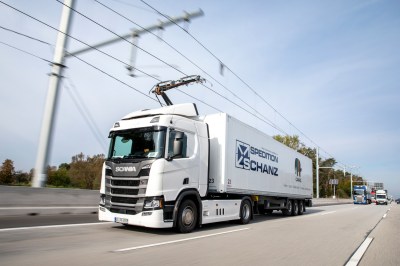
One thing that should be obvious to all is that moving our long-distance freight around by means of an individual fossil-fuel-powered diesel engine for every 38 tonne or so freight container may be convenient, but it is hardly either fuel-efficient or environmentally friendly The most efficient diesel engines on the road are said to have a 43% efficiency, and when hauling an single load they take none of the economies of scale afforded to the diesel engines that haul for example a freight train. Similarly they spread any pollution they emit across the entirety of their route, and yet again fail to benefit from the economies of scale present in for example a power station exhaust scrubber. However much I have a weakness for the sight of a big rig at full stretch, even I have to admit that its day has passed.
The battery technology being pursued for passenger cars is a tempting alternative, as we’ve seen with Tesla Semi. But for all its technology that vehicle still walks the knife-edge between the gain in cost-effectiveness versus the cost of hauling around enough batteries to transport that quantity of freight. Against that the overhead wire truck seems to offer the best of both worlds, the lightness and easy refueling of a diesel versus the lack of emissions from an electric. In the idealised world of a brochure it runs on renewable wind, sun, and water power, so all our problems are solved, right? But does it really stack up?


